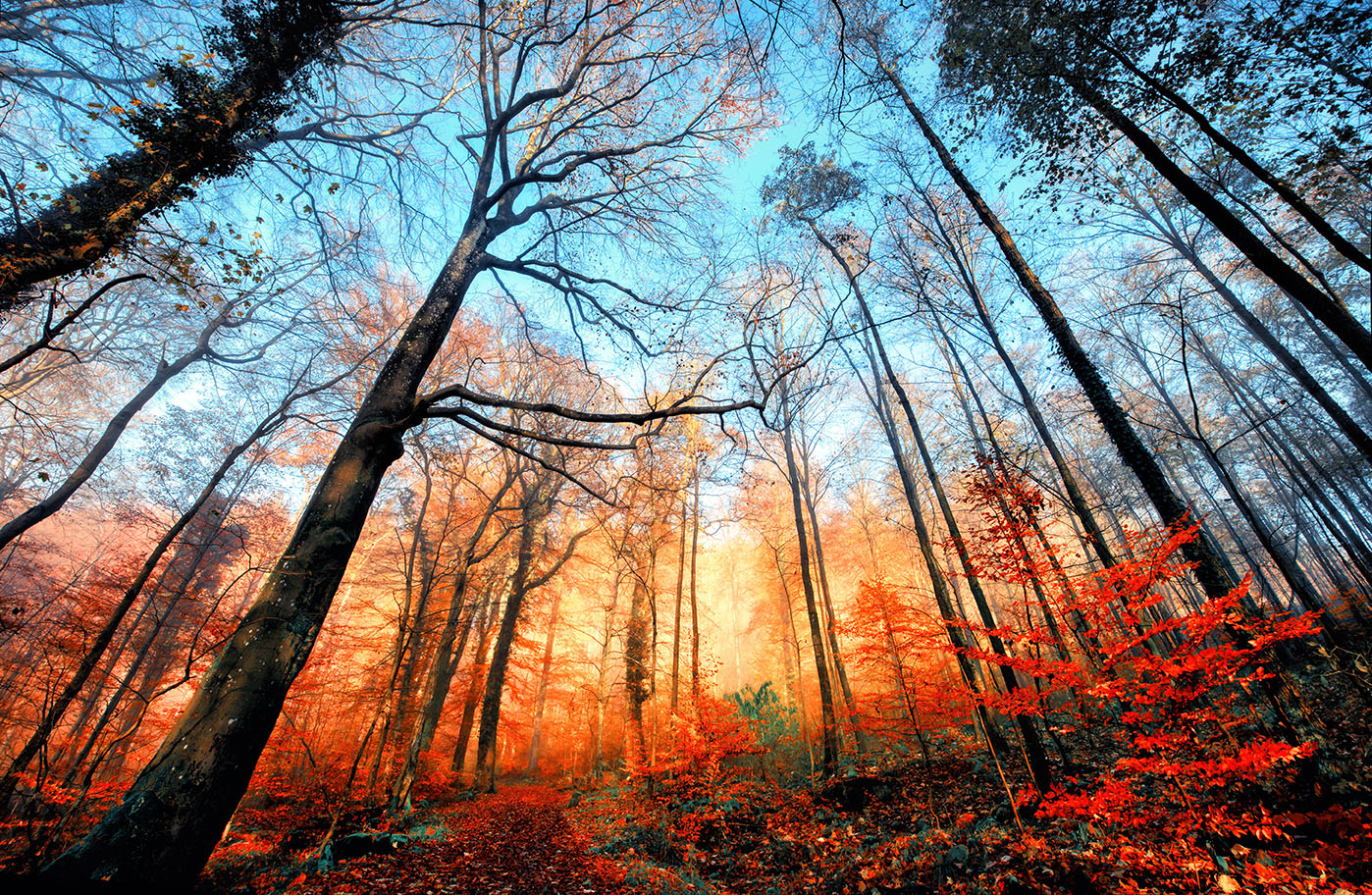
< Back
deciduous
Definition
Deciduous plants are plants that lose their leaves seasonally. This is a process called dormancy. Dormancy allows the plant to survive the winter when there is less sunlight and water available.
Deciduous plants have a number of adaptations that help them survive dormancy. These adaptations include:
- Storing food: Deciduous plants store food in their roots, stems, and leaves. This food is used to fuel the plant during dormancy.
- Closing their stomata: Stomata are small openings in the leaves that allow the plant to take in carbon dioxide and release oxygen. Deciduous plants close their stomata in the fall to prevent water loss.
Dropping their leaves: Deciduous plants drop their leaves in the fall. This helps to reduce water loss and prevents the leaves from being damaged by cold weather.
There are many different types of deciduous plants, including trees, shrubs, and flowers. Some common deciduous trees include maples, oaks, and elms. Some common deciduous shrubs include forsythia, lilac, and hydrangea. Some common deciduous flowers include tulips, daffodils, and crocuses.
How can the word be used?
Deciduous trees shed their leaves in autumn.

Different forms of the word
There are only two different forms of the word "deciduous":
Adjective: deciduous.
Noun: deciduousness.
Etymology
The word "deciduous" comes from the Latin word "decidere", which means "to fall down". This is because deciduous trees shed their leaves in the fall, when the weather gets colder.
Question
What's the difference between evergreen and deciduous trees?
AQA Science Exam Question and Answer
Question:
Question: Explain the term "deciduous" in the context of trees. Describe the characteristics and adaptations of deciduous trees that allow them to cope with seasonal changes, particularly during winter. Provide two examples of deciduous tree species commonly found in temperate regions.
Answer:
- Deciduous Trees: Deciduous trees are a type of tree that shed their leaves annually during a particular season, typically during the autumn or fall.
- Characteristics and Adaptations: Deciduous trees have specific characteristics and adaptations that help them cope with seasonal changes, especially during winter. As temperatures drop and daylight decreases, deciduous trees undergo several changes. They produce a special layer of cells at the base of their leaves, forming an abscission zone, which eventually severs the connection between the leaf and the tree. This process allows the tree to conserve water and nutrients as it prepares for a period of dormancy during winter when resources may be scarce.
Examples of Deciduous Trees: Two examples of deciduous tree species commonly found in temperate regions are:
- Oak (Quercus): Oaks are majestic trees with broad leaves that turn vibrant shades of red, orange, and brown in the fall before they drop.
- Maple (Acer): Maples are known for their distinctive palmate leaves, and during autumn, they transform into a brilliant display of red, yellow, and orange hues.
In conclusion, deciduous trees have evolved unique strategies to adapt to seasonal changes, demonstrating their ability to shed leaves and endure winter conditions until spring signals the renewal of their growth and foliage.